Version 30.0

Written & Compiled by Macklin Andrick, GPJ Sr. Creative Technologist
GPJ’s Experience Technology practice is your trusted guide through the latest technological shifts and how they might benefit your next experience. Another week, another opportunity to explore some of the weird and wild things going on in the tech world!
In a dynamic swirl of tech and innovation, Google has unveiled ‘Gemma’ to usher in a new era of responsible AI development. Meanwhile, Stability AI dazzles the world with Stable Diffusion 3, an open-weights marvel promising to turn textual prompts into stunningly high-fidelity images, marking a significant leap in AI-driven creativity. And Microsoft & Intel have inked a monumental $15 billion partnership, marrying custom chip designs with Intel’s cutting-edge manufacturing prowess.
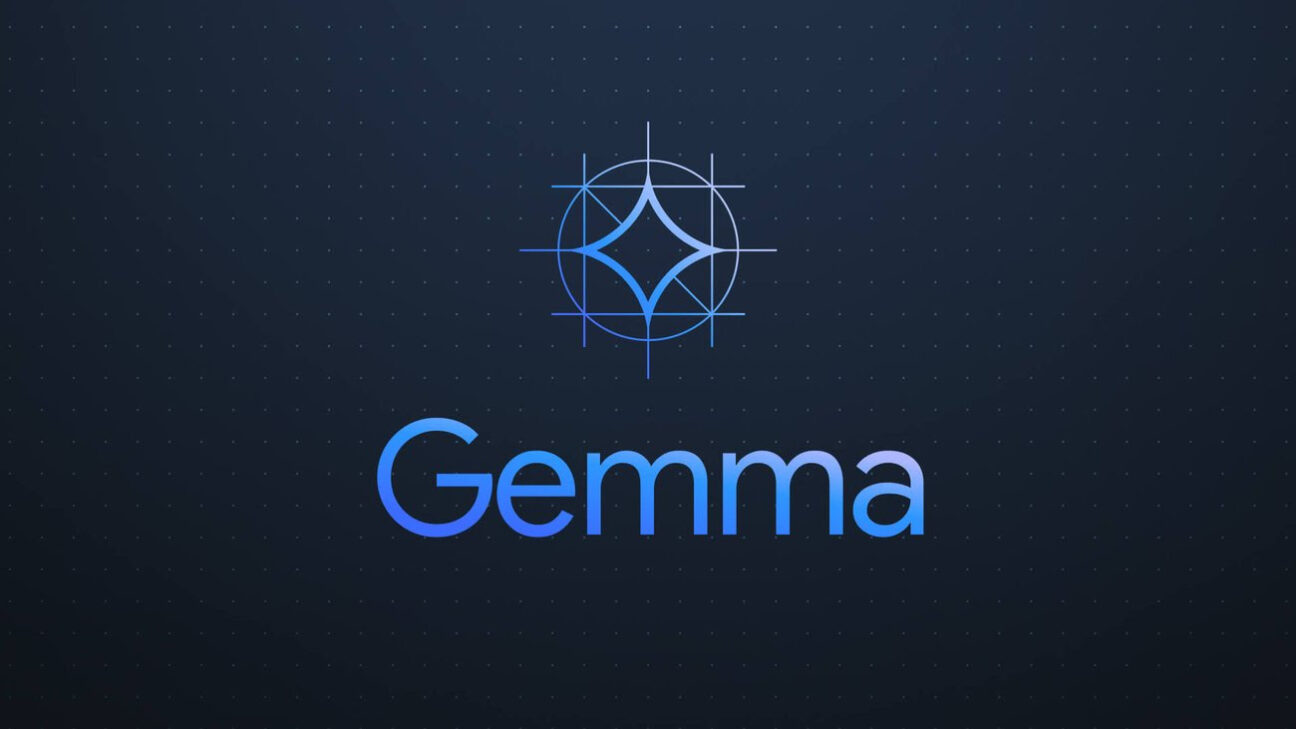
Gemma: Introducing new start-of-the-art models
Google has introduced Gemma, a series of new open-source AI models that leverage the research and technology behind the Gemini models. Created in partnership with Google DeepMind and other Google departments, Gemma is designed to support the development of AI in a responsible manner. The release includes models Gemma 2B and Gemma 7B, available in both pre-trained and instruction-tuned formats, and a Responsible Generative AI Toolkit aimed at ensuring the development of safe AI applications. The initiative offers compatibility with multiple AI frameworks and hardware platforms, such as JAX, PyTorch, TensorFlow, NVIDIA GPUs, and Google Cloud TPUs, to enable innovation and collaboration among developers. Gemma models are noted for their performance efficiency and their capability to operate across a range of devices, underpinned by Google’s commitment to generating safe and reliable AI outputs through systematic evaluations and adherence to its AI Principles. This release marks another step in Google’s efforts to contribute to the open AI community by providing resources that facilitate the responsible creation and deployment of AI technologies globally.
Stability announces next-gen AI image generator
Stability AI recently unveiled Stable Diffusion 3 (SD3), its latest advancement in AI-driven image generation, promising enhanced fidelity in creating images from textual prompts. This new model is part of an open-weights initiative, allowing for broad accessibility and adaptability across devices ranging from smartphones to servers. SD3 distinguishes itself with a sizeable range of parameters (800 million to 8 billion), indicating a significant leap in its capability to generate detailed and complex images. Stability AI has been at the forefront of the open-source AI image generation landscape, providing alternatives to proprietary models like OpenAI’s DALL-E 3, amidst controversies over copyright, bias, and potential misuse. The technological backbone of SD3 includes a novel diffusion transformer architecture and a technique called “flow matching,” aimed at producing high-quality images through an efficient process. Although direct comparisons with other leading models like DALL-E 3 and Adobe Firefly are preliminary, SD3’s improvements in text generation and prompt fidelity are noteworthy. As Stability AI progresses towards making SD3 widely available, it continues to explore new image-synthesis architectures, including the recently announced Stable Cascade, highlighting the company’s ongoing innovation in AI-driven creative tools.

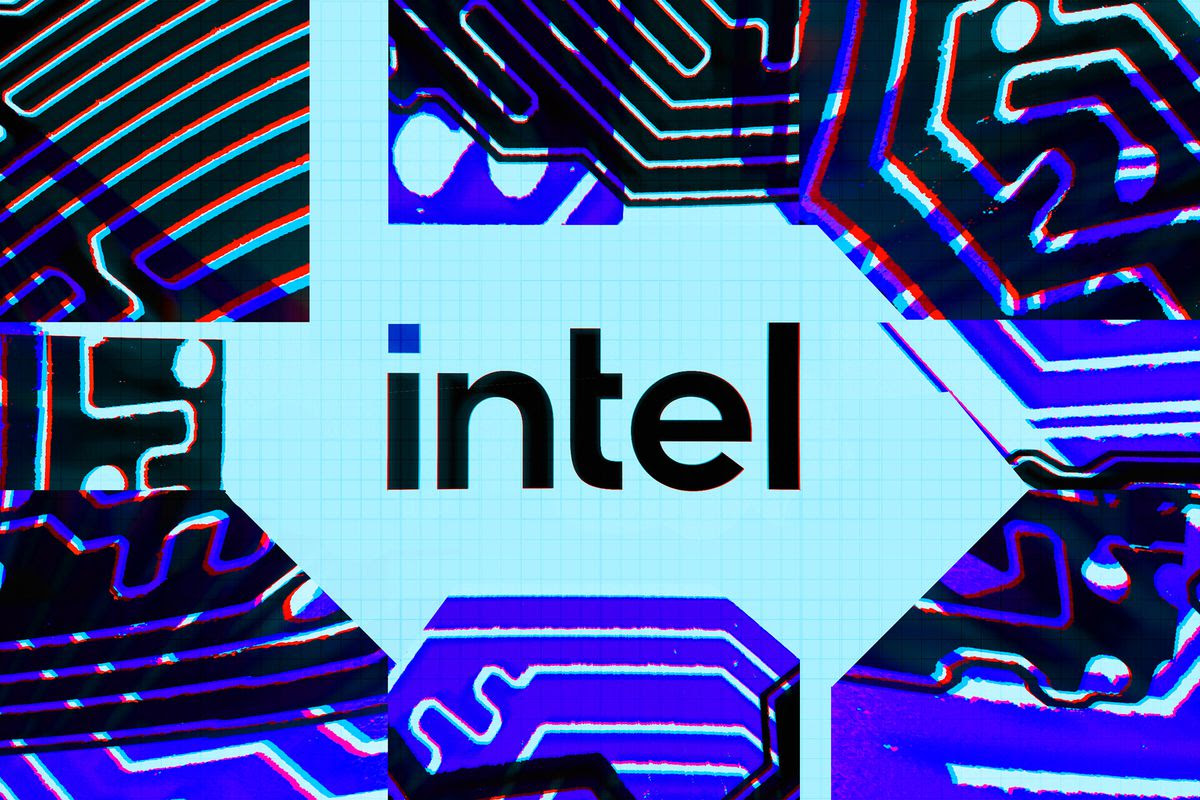
Microsoft and Intel strike a custom chip deal that could be worth billions
Intel has entered into a significant partnership with Microsoft, agreeing to manufacture custom chips designed by Microsoft in a deal reportedly worth over $15 billion. This collaboration, announced during Intel’s Foundry event, marks a crucial step for Intel as it aims to reclaim its leadership in chip manufacturing. While specific applications for the chips remain undisclosed, they are speculated to be part of Microsoft’s efforts to develop in-house processors and AI accelerators. These chips will be produced using Intel’s advanced 18A process technology, highlighting a strategic move by Intel under CEO Pat Gelsinger’s leadership to revitalize the company’s position in the semiconductor industry. This deal with Microsoft represents a notable achievement for Intel’s foundry services, mirroring strategies employed by competitors like TSMC, who have found success manufacturing chips for other tech giants. However, Intel faces challenges ahead, including delays in the opening of a new $20 billion chip plant in Ohio, which underscores the broader difficulties in the semiconductor sector.
Adobe Acrobat adds generative AI to ‘easily chat with documents’
Adobe has introduced an AI Assistant feature to its Acrobat PDF software, aiming to revolutionize the way users interact with digital documents. This new generative AI tool, available in beta for paying Acrobat users, facilitates easier navigation and understanding of extensive documents by summarizing content, answering queries, and suggesting further questions based on the document’s content. Designed to assist with tasks like research, report summarization, and presentation preparation, the AI Assistant supports various document formats, including Word and PowerPoint, adhering to Adobe’s stringent data security protocols to ensure user data privacy. At launch, the AI Assistant offers functionalities like content summary, question recommendation, citation generation, and direct linking to specific parts of documents, all aimed at enhancing productivity and efficiency. This feature is accessible to Acrobat Standard, Pro, and Teams subscribers at no extra cost during the beta phase, with plans for a paid add-on subscription once the beta period concludes. Adobe is also planning future enhancements for the AI Assistant, including integration with its Firefly AI model and capabilities to extract information from multiple documents and generate first drafts for editing.
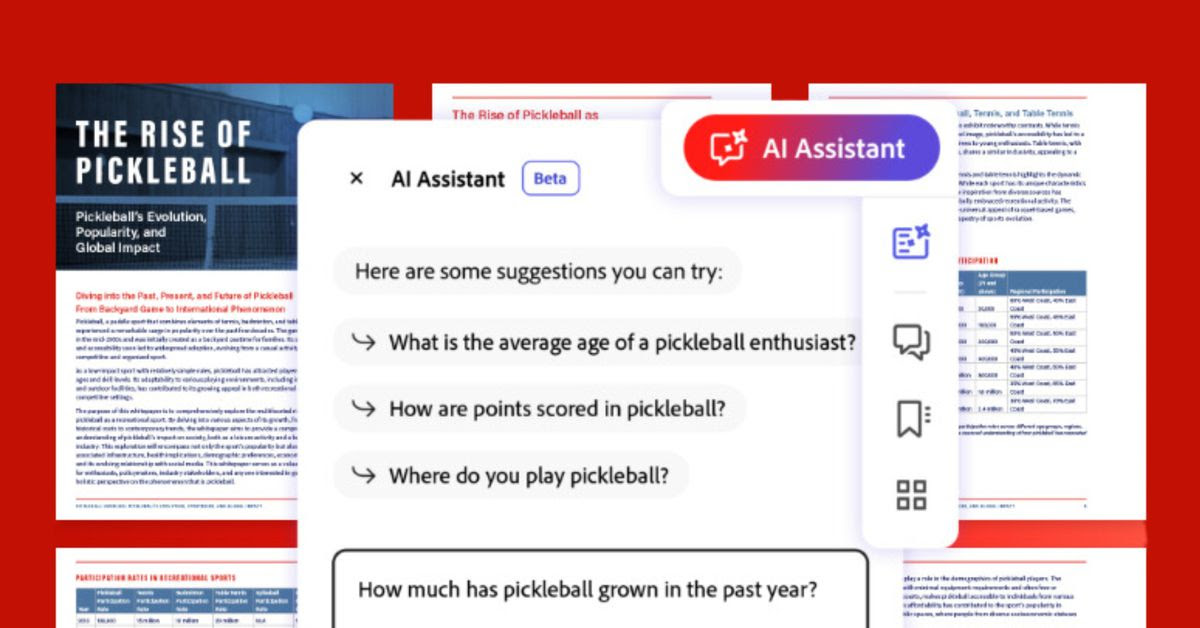
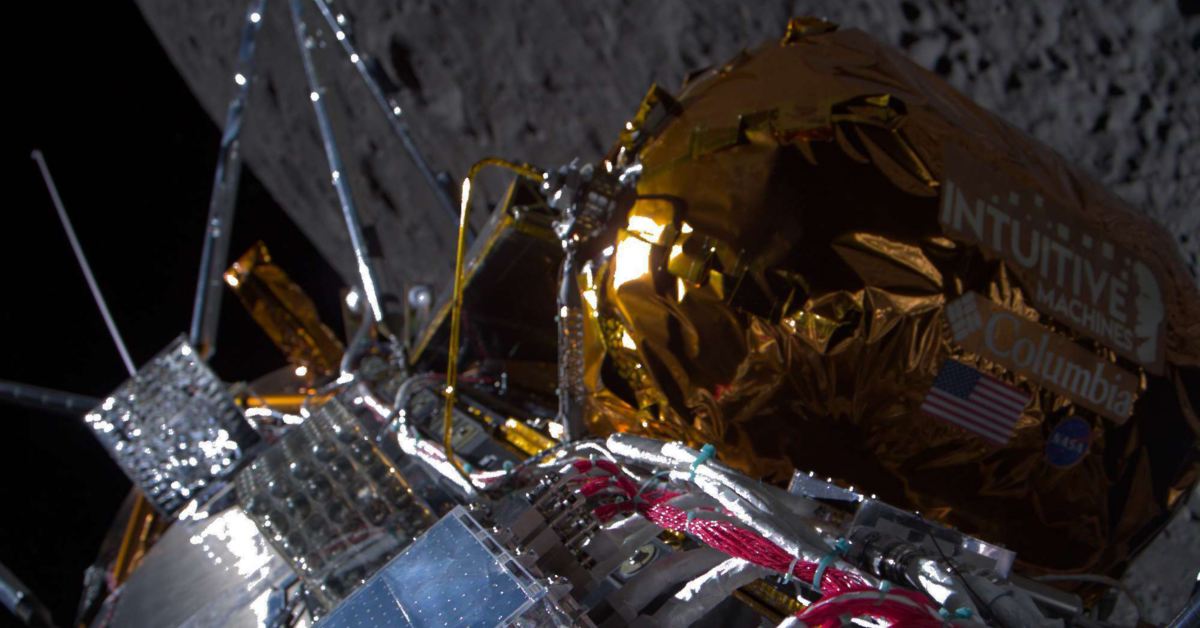
Odysseus achieves the first US Moon landing since 1972
Intuitive Machines has achieved a significant milestone in space exploration by successfully landing its Nova-C “Odysseus” lander on the Moon, marking the first privately owned spacecraft to do so and the first U.S. Moon landing since Apollo 17 in 1972. Launched by a SpaceX Falcon 9 rocket, Odysseus’s mission is part of NASA’s Commercial Lunar Payload Services (CLPS) program, aimed at conducting scientific research and gathering crucial data about the Moon’s surface, especially around the lunar south pole. The region is of interest due to its shadowed craters, which may contain water ice, valuable for future lunar exploration and NASA’s Artemis program. Odysseus is equipped with a laser retroreflector array for precision landings and a radio navigation beacon for future missions. Despite the challenges faced by previous lunar missions, Odysseus’s successful landing represents a landmark achievement in private space exploration and a significant step forward for future lunar missions. The lander is expected to operate for 14 Earth days, contributing valuable data before the harsh lunar night likely ends its mission.
YouTube dominates TV streaming in US, per Nielsen’s latest report
Nielsen’s January report highlights YouTube’s stronghold as the top streaming service in the U.S., capturing 8.6% of TV screen viewing, surpassing Netflix’s 7.9%. This marks a year-long dominance in the streaming sector for YouTube, emphasizing a shift towards user-generated content, especially among Gen Z viewers who prefer it over traditional TV shows. The platform’s success is further underscored by a significant increase in TV viewership for top YouTubers, with creators like HopeScope witnessing notable jumps in TV watch time, indicating a growing trend of YouTube content consumption on television screens. Despite YouTube’s dominance in TV streaming, TikTok continues to lead on mobile devices, exploring new content lengths and entering the spatial reality space. Meanwhile, YouTube celebrates milestones like reaching 100 million users for its Music and Premium services, over 8 million YouTube TV subscribers, and achieving more than 70 billion daily views on YouTube Shorts, showcasing its expansive influence across multiple viewing platforms.
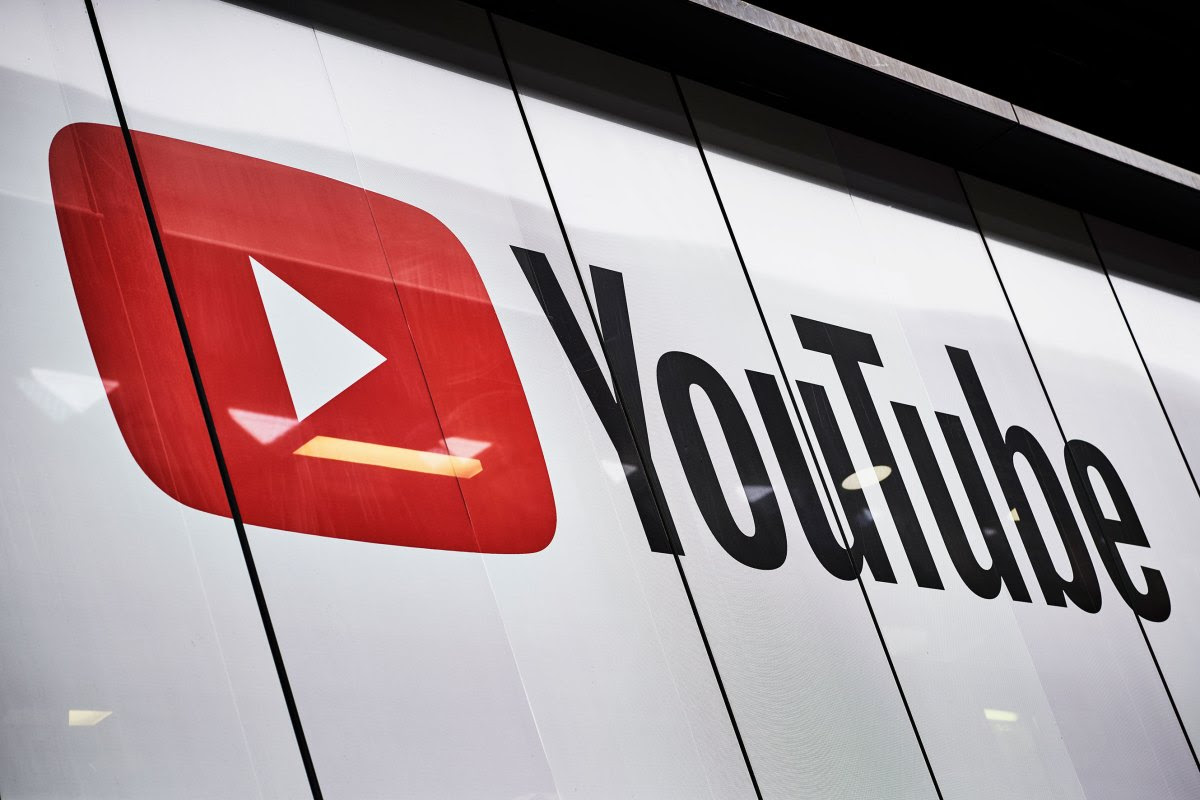
More Cool Stuff We Found
- I printed chocolate on a 3D printer and ate it
- A new app broadcasts location-reliant info into your AirPods
- New FDA-approved drug makes severe food allergies less life-threatening
- Sora, Groq, and Virtual Reality
- Framework is selling a cheap modular laptop
- ’90s Payphone Boombox Hack
- The killer app of Google’s Gemini Pro 1.5 is mutlimodal video input
- IBM Equal Access: Automated Accessibility Tool Review
Missed a Creative Tech Byte? Find all previous versions here.





